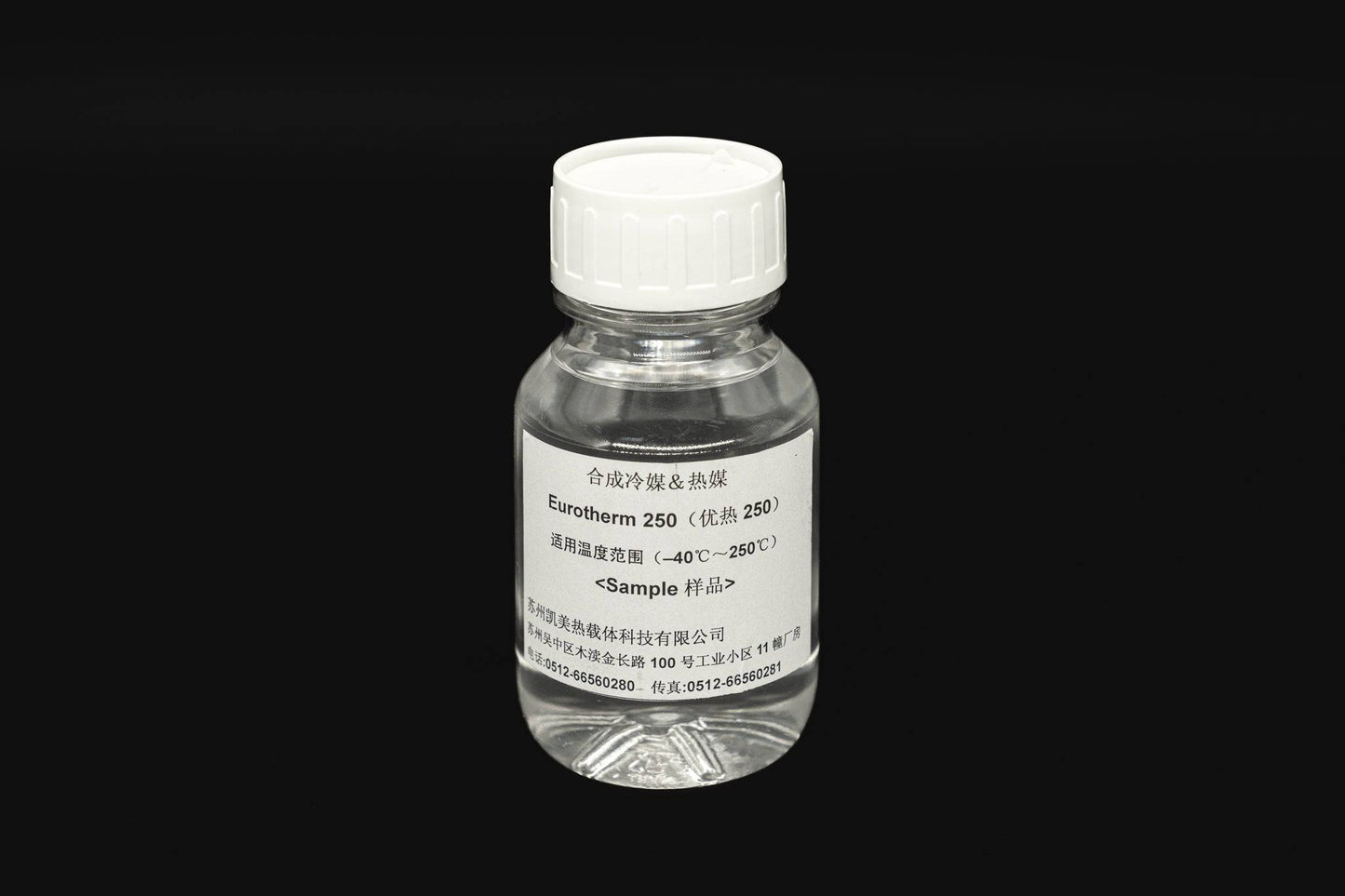Chemie Can Be Fun For Everyone
Chemie Can Be Fun For Everyone
Blog Article
Indicators on Chemie You Should Know
Table of ContentsMore About ChemieThe smart Trick of Chemie That Nobody is DiscussingWhat Does Chemie Mean?Getting The Chemie To WorkOur Chemie PDFsThe smart Trick of Chemie That Nobody is Discussing
(https://anotepad.com/notes/dw327f6b)Calculated modification in electrical conductivity of liquid samples as a feature of time when stirred with the resin sample in the shut indirect cooling loop experiment. Figure 6 shows the adjustment in the gauged electric conductivity of the liquid examples when stirred with the resin example. The conductivity of the water example from the shut loop experiment lowered by around 70% from 11.77 S/cm to 3.32 S/cm in 6 hours.These results suggested that the capacity of the material depends upon the examination liquid utilized for the experiment. This reveals that various ions existing in the liquid will certainly result in various ion exchange capability of the fluid. Calculating the ion exchange material capability with the liquid example from the real cooling loop is essential.
About Chemie
As a result, an ion exchange material cartridge having 20g of Dowex combined bed material may tackle order 938 days to fill. To put it simply, to maintain a reduced electrical conductivity, a resin cartridge with the measurement and weight spec as that of the material cartridge utilized in the experiment, require to be altered every 30 months for the cooling system that was made use of in the experiment
The air conditioning of electronic components has become a major difficulty in current times due to the advancements in the style of faster and smaller sized components. The usage of a liquid coolant has become appealing due to the higher warm transfer coefficient attained as compared to air-cooling.
The 15-Second Trick For Chemie
A solitary phase cooling loophole is composed of a pump, a warm exchanger (chilly plate/mini- or micro-channels), and a heat sink (radiator with a fan or a liquid-to-liquid warm exchanger with cooled water air conditioning). The warm source in the electronics system is connected to the warm exchanger.
The needs might differ relying on the kind of application. Following is a listing of some general requirements: Excellent thermo-physical homes (high thermal conductivity and specific warmth; low thickness; high hidden heat of dissipation for two-phase application) Low freezing factor and burst factor (sometimes burst defense at -40 C or lower is needed for delivery and/or storage objectives) High climatic boiling point (or reduced vapor pressure at the operating temperature level) for solitary phase system; a slim desired boiling factor for a two-phase system Good chemical and thermal security for the life of the electronic devices system High flash point and auto-ignition temperature level (in some cases non-combustibility is a demand) Non-corrosive to materials of construction (steels along with polymers and other non-metals) No or very little regulative restraints (eco pleasant, harmless, and possibly eco-friendly) Economical The very best electronics coolant is an economical and nontoxic liquid with superb thermo-physical homes and a long life span.
Not known Facts About Chemie
Many of these liquids have a non-discernible smell and are nontoxic in situation of contact with skin or ingestion. As pointed out in the past, aliphatic PAO-based fluids have replaced the silicate-ester fluids in a selection of military electronics (and avionics) cooling down applications in the last years. Another course of prominent coolant chemistry is dimethyl- and methyl phenyl-poly (siloxane) or commonly called silicone oil.
Of all, these liquids are non-combustible and non-toxic. Some fluorinated substances have zero ozone diminishing prospective and other ecological buildings.
Ethylene glycol is colorless and practically unsmelling and is entirely miscible with water. When properly inhibited, it has a fairly low corrosivity. Nonetheless, this coolant is classified as harmful and must be handled and thrown away with care. The quality of water utilized for the preparation of a glycol option is really essential for the system.
The Single Strategy To Use For Chemie

Various other than absence of toxicity, it has no benefits over ethylene glycol, being greater in price and more viscous. This is an inexpensive antifreeze option, finding use in refrigeration solutions and ground resource heatpump. Comparable to glycols, this can be prevented to quit corrosion. This fluid can be utilized down to -40 C because of its fairly high rate of warmth transfer in this temperature variety.
It is considered my company even more damaging than ethylene glycol and as a result has actually discovered use only for process applications situated outdoors. Also, methanol is a combustible fluid and, therefore, introduces a prospective fire danger where it is saved, dealt with, or utilized. This is an aqueous service of denatured grain alcohol. Its major benefit is that it is safe.
How Chemie can Save You Time, Stress, and Money.
As a combustible liquid, it calls for specific precautions for dealing with and storage space. Aqueous services of calcium chloride find wide use as distributing coolants in food plants. It is non-flammable, non-toxic and thermally more efficient than the glycol remedies. A 29% (by wt.) calcium chloride option has a cold point listed below -40 C.

Report this page